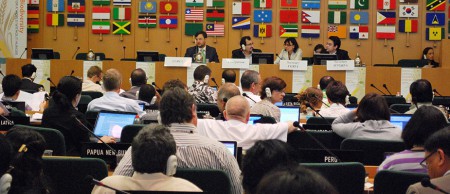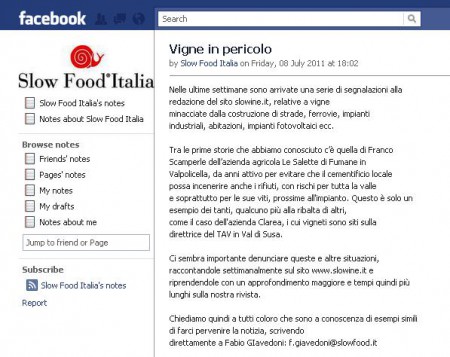We get hours of amusement from poking holes in the many ways in which statements about the loss of 75% of agricultural biodiversity are likely to be less than accurate any way you slice them. But here’s an entirely new wrinkle. A friend recently wrote asking for some moral support for a grant proposal, which included a forceful justificatory phrase to the effect that 75% of agricultural diversity has been lost since 1990.
I twitted him gently about this, something snitty to the effect of “interesting statistic, have you got a source for that?” And blow me down if he didn’t. Not just any old source either. A communication from the [European] Commission to the European Parliament, the Council, the Economic and Social Committee and the Committee of the Regions, no less, entitled Our life insurance, our natural capital: an EU biodiversity strategy to 2020, aka COM(2011) 244 final.
And there it is, on page 1 of the Introduction.
[A]ccording to the FAO … 75% of the genetic diversity of agricultural crops has been lost worldwide since 1990.
I wonder where they got that figure? Not from FAO. The same year is present in at least one other language, so if it is a typo it entered the proceedings early. But honestly, did nobody find it just the least little bit odd? Then again, my friend didn’t either. I suppose we’re the odd ones.

